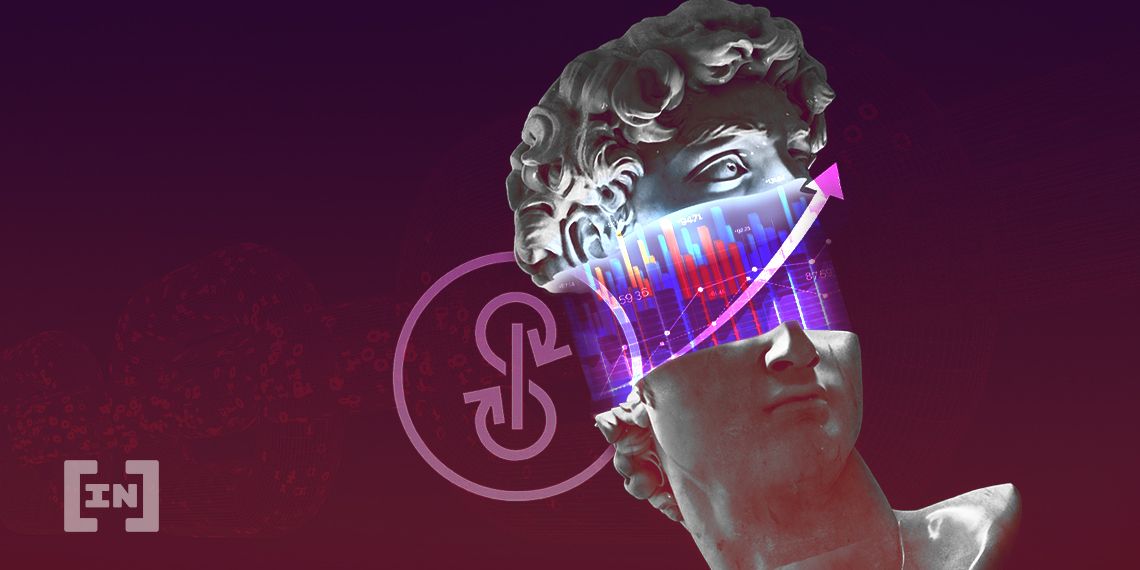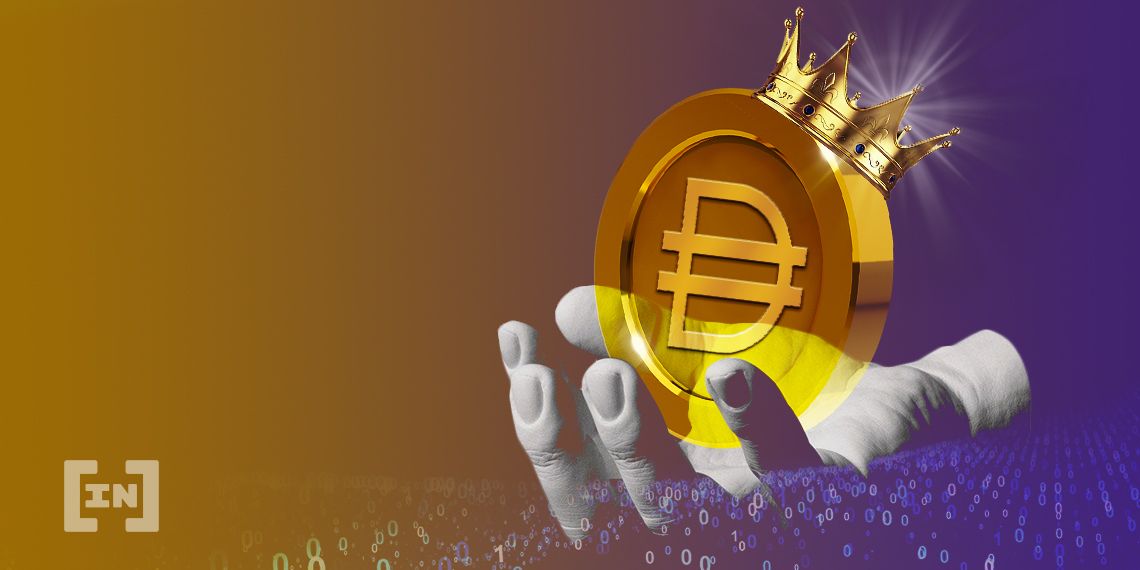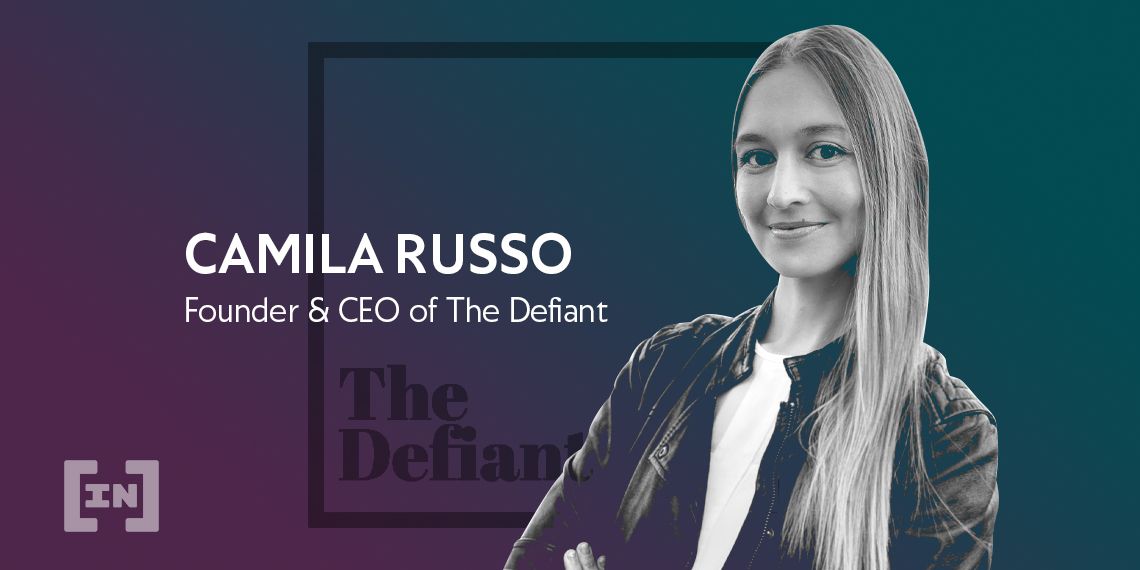BeInCrypto recently had the pleasure of catching up with Camila Russo, the founder of The Defiant. The Defiant is a content platform for decentralized finance (DeFi) that curates and analyses major DeFi developments.
Camila Russo is a prolific financial journalist, with eight years of working experience for Bloomberg News. She has covered emerging markets, European stocks and digital assets, and is currently writing a book on Ethereum with Harper Collins.
Russo talks about the ins and outs of the DeFi sector and the current boom it’s experiencing. Additionally, she also discusses the future of the new financial revolution and its possible applications in real life.
[This article was translated from BeInCrypto’s Spanish language domain—to read the original, click here!]
DeFi in General
Do you think the current DeFi boom will end soon or run its course? How much time do you give it?
I think the DeFi boom is just beginning. The decentralized finance ecosystem, or open finance, will continue to grow and mature. It’s a better way to manage and trade value.Do you suspect that the DeFi boom will bring about the same consequences as Initial Coin Offerings (ICO) did with mostly useless projects?
If so…How can the industry deal with murky or scammy DeFi companies?
I think that like any other boom where there’s an opportunity to get rich, DeFi is also going to attract anything from bad projects to blatant scams. I don’t think that murky DeFi companies can be avoided, nor that it’s desirable to avoid them. Because the more people there are experimenting with it, the greater the possibility of creating something valuable.
Do you have any idea about the failure of frequent users who are whales or individual investors in the DeFi space?
Data from IntoTheBlock that I frequently publish in The Defiant shows that a significant part of Ethereum (ETH) and DeFi token holders are whales, that is, they hold and trade large amounts.Do you think there is scope for whale manipulation in the DeFi space or is it still safe?
There have been clear cases of market manipulation on DeFi. One of the most notorious examples was the bZx attack where the hacker siphoned $900,000 in seconds. There are several qualities about DeFi that make it vulnerable to manipulation:- Several of the tokens are not very liquid.
- Tokens are traded on DEXs where operations pass on the public blockchain, facilitating what is known as front running.
- There is also the possibility of making flash loans. These loans are repaid within the same block, allowing hackers to execute attacks without much initial capital.
What role do you think Bitcoin will play in DeFi in the future?
Bitcoin will serve as a platform for some financial applications, but most of the DeFi activity is going to be on networks that allow for greater programmability, such as Ethereum. Bitcoin will become one more asset to use in the different applications of these ecosystems, as it is currently on Ethereum.Latin America is a continent that has several fundamental factors suitable for crypto adoption such as the proliferation of Fintech in Mexico, Brazil, or Argentina. Do you think Latin America will be relevant in the DeFi sector?
I think Latin America is already relevant for DeFi, with several developers and users based there. LatAm’s influence will grow and spread and build better bridges to transition from local currency to crypto. I believe that because of the history of inflation, exchange controls, and the mistrust of institutions, Latin Americans understand better than many the value of a parallel and independent financial system.
Are there any projects in the DeFi sector in any Spanish-speaking area (Latin America or Spain) that are relevant?
Large DeFi projects such as MakerDAO, Aave, and Balancer have several team members in Latin America and Spain, even if they aren’t based in the region. Not entirely DeFi, but ‘Decentraland’ is one of Ethereum’s most important projects and is based in Argentina.Is there a project that you respect or that is your favorite and why?
I prefer to remain neutral as a journalist, so I don’t play favorites.Global Situation
A very different aspect of regular cryptocurrencies is that many products offer interest simply by assigning them in the protocol. Do you think this will attract institutional investors and large players?
I think DeFi is still too young and experimental for lending protocols to appeal to institutional investors in the traditional world. But I believe that earning interest with deposited crypto will appeal to individual investors and other firms within the crypto environment, such as exchanges who want to get a higher return on their deposits.What do you think the impact of different central banks has made on the world? Do you think this will benefit DeFi?
It’s difficult to have a general opinion about central bank currency printing because each country has its own particular situation. But it’s true that there is a part of the population that does not agree with the handling of the economic crisis triggered by the pandemic. For this group, it may be that an alternative system such as the one offered by DeFi may seem more attractive.Do you think DeFi will impact Latin America more due to the currency problems in several countries such as Venezuela, and Argentina, among others?
Yes, as I said before, the problems surrounding inflation and exchange controls make an independent and open financial system even more useful.All About DAI
The DAI project is, for now, the king of DeFi, mirrored by bitcoin vs altcoins. Do you think there will be an “altDeFi” that will be superior to DAI in the future? If so, what qualities should it have? Do you think we can challenge the hegemony of DAI?
Dai is the main stable decentralized currency, and there are other stable currencies in DeFi and crypto that can compete with it, such as USDT and USDC. At the same time, there are tokens linked to different protocols, such as LINK, SNX, AAVE, COMP, YFI, which have their own characteristics. Dai has a specific purpose which is to stabilize its value in relation to the dollar. This allows it to be a better means of payment and savings than more volatile cryptos. But the DeFi protocols have uses that go beyond that. That’s the point, it’s not just about trying to be money or a store of value, and these tokens often serve to access that value. If the question is whether we can challenge Dai’s hegemony as the main stable decentralized currency, the answer is clearly yes. Open-source protocols encourage and facilitate competition.Do you think that the devaluation of the U.S. dollar or the instability of the blue dollar in Argentina will cause an avalanche of stablecoins like DAI?
There is already evidence of an increase in demand for Dai in Argentina as a response to the rise of the blue dollar. I believe that as more people become aware of the possibility of buying a digital currency tied to the dollar, and more are comfortable with downloading a wallet, there will be more and more demand because it is simply better to buy Dai than to buy dollars on the black market. It’s safer and can be deposited in DeFi to generate interest.
Ethereum and Its Platforms
For now, DeFi has become, in practice, bad news for ETH users because of the increase in gas prices. Do you think that in the future Ethereum and its users will benefit from this new revolution?
The rise in the price of ETH was surely triggered by DeFi, at least in part, which clearly benefits ETH users. I believe that the scaling solutions in Layer 2 will help decongest Ethereum’s network in the short term since several of these technologies are already in production.Any thoughts on the high gas rates that prevent those who want to invest with small amounts?
Simply buying tokens still only costs pennies in USD. Someone looking to invest small amounts can buy interest-bearing tokens like cDai. With that, they already generate interest on an asset linked to the dollar, and the transaction will not cost that much.Do you think any Ethereum competitor will be able to attract DeFi projects or are companies in the sector not interested in any other platform other than Ethereum? What aspects could make DeFi projects change their platform?
For now, the network effects of Ethereum are very strong. Most of the developers, users, and DeFi projects are there. But if the high gas costs and slow transactions continue, and Layer 2 solutions do not help in the short term, it may mean that little by little these teams and users will start to migrate.Finally, after the latest rally, what would you forecast for the price of bitcoin and ethereum by year-end?
I don’t make price forecasts.
Top crypto platforms in the US
Disclaimer
In compliance with the Trust Project guidelines, this opinion article presents the author’s perspective and may not necessarily reflect the views of BeInCrypto. BeInCrypto remains committed to transparent reporting and upholding the highest standards of journalism. Readers are advised to verify information independently and consult with a professional before making decisions based on this content. Please note that our Terms and Conditions, Privacy Policy, and Disclaimers have been updated.

Daniel Ramirez Escudero
Journalist and news editor, manager of the opinion section. Former editor-in-chief of BeInCrypto ES. Crypto addict since 2017 and big fan of Satoshi Nakamoto's project. He’s in love of of the world, since childhood he has lived in London, Brussels, Santiago de Chile, Amsterdam and Barcelona and currently alternating between Madrid and Palma de Mallorca. He has a degree in Audiovisual Communication and a Master in Web Design and Development. He loves writing, analyzing and debating about the...
Journalist and news editor, manager of the opinion section. Former editor-in-chief of BeInCrypto ES. Crypto addict since 2017 and big fan of Satoshi Nakamoto's project. He’s in love of of the world, since childhood he has lived in London, Brussels, Santiago de Chile, Amsterdam and Barcelona and currently alternating between Madrid and Palma de Mallorca. He has a degree in Audiovisual Communication and a Master in Web Design and Development. He loves writing, analyzing and debating about the...
READ FULL BIO
Sponsored
Sponsored
